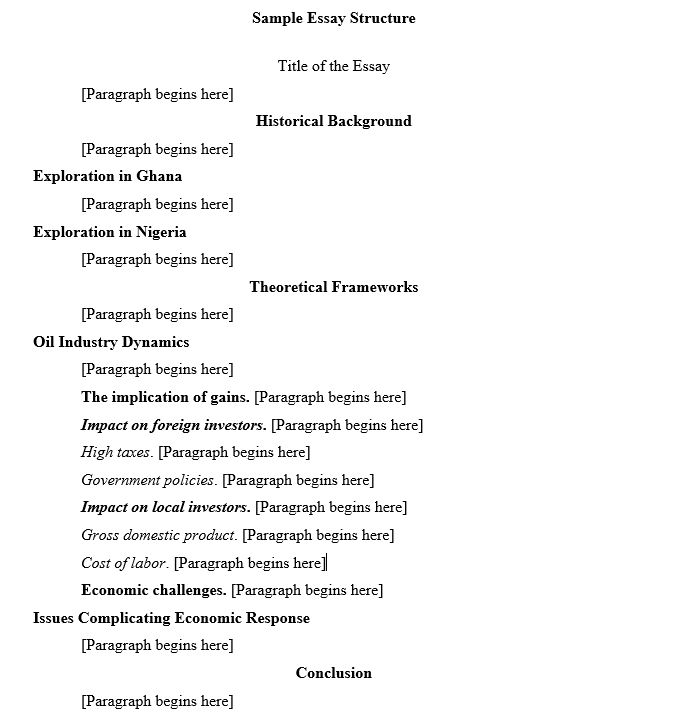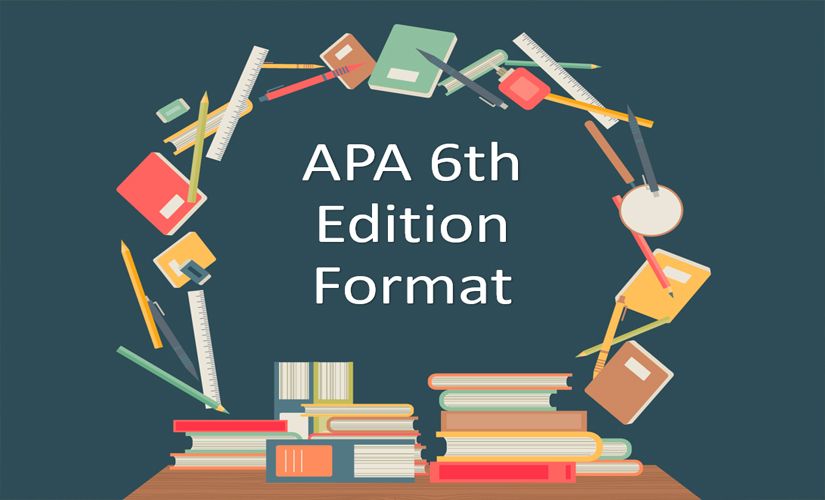People need to know what is a primary source and its differences from secondary articles. It is because the original research and secondary study are close to each other. In particular, a primary article is a work that covers the original research. On the other hand, a secondary source is a study based on findings from primary articles. Along these lines, a scholarly article that focuses on new research and findings is not a primary study. It contains borrowed concepts. Therefore, people confuse what is a primary source since they overlook the presence of ideas borrowed from other scholars.
General Aspects
Primary sources refer to the information created by an individual from experience. Basically, people record their first-hand observations for use in the thesis paper, research paper, dissertation, or other types of papers. Music is a primary article since it helps the audience to interpret the intention of the artist. In this case, musicians use their composition to communicate their thoughts. Most digital files are primary works because of original ideas concerning a specific issue. Also, portraits of presidents on the coins in different countries explain what is a primary source well. In particular, people can learn about prominent political figures from such carvings, covering their time of existence. However, they confuse interpreted information. Reports written based on some data become a secondary source. Hence, a primary source is a non-interpreted and original material that includes writings, digital files, and artworks. In turn, people confuse it with a journal article.

So, What Is a Primary Source?
In particular, a primary source is a non-interpreted and original piece that includes some writings, specific digital files, and other artwork. For example, a laboratory sheet containing data collected from an experiment is a primary study. The data in the laboratory sheet does not have elaborate meaning in answering the question of what is a primary source. Also, digital files or artworks are primary articles and reliable sources. An excellent example of a digital file is piano music recorded in 1889 using the Edison Phonograph. A voice recorder takes in a person’s voice in its pure or original form.
Other Features
Besides, people view artworks and analyze them to give meaning. For example, a person can view the portrait of Ben Franklin in the coin of the United States to give it some meaning like a patriotic leader. In its original form, the portrait of Ben Franklin does not have a precise meaning. Along these lines, most artworks exist in un-interpreted form. Therefore, writings, digital files, and artworks are essential primary sources.
What Do People Think About Sources?
People confuse what is a primary source with interpreted scholarly journal articles. For example, people consider a research report to be a primary study. Reports that result from processed data and contain inferences are secondary sources. In this case, writing a research report may have obtained firsthand data. However, giving it meaning makes it a secondary source. Basically, a secondary source interprets, describes, and draws conclusions. Along these lines, a scholarly article that reports new research and findings is not a primary source. Hence, the presence of results and their discussions in the academic journal articles make it a secondary source. In turn, a scholarly article has an analysis section and conclusions supported by information from works written by other people. Thus, scholars borrow concepts and ideas to analyze data and make inferences.
Types of Primary Sources
There are different types of primary sources available. For instance, familiar primary articles fall into texts, digital files, and artwork that people can analyze to give meaning. In this case, there exists a wide range of sources that contain original ideas. They do not have interpretations be remembering what is a primary source. Besides, most primary works show a high level of ingenuity of the creator since they do not provide borrowed concepts. The following list contains primary sources.
- Written and recited poems
- Drama
- Data recorded in an experiment
- Court records
- Autobiographies
- Notes recorded in an interview
- Original manuscripts
- Official records
- Diaries
- Letters
- Film scripts
- Written speeches
- Recorded speeches
- Recorded music
- Videos
- News film footage
- Sculptures of animals
- House models
- Human portraits
- Wood carvings
- Paintings
- Pottery
- Buildings
- Clothing
- Coins
- Construction tools
Conclusion on What Is a Primary Source
In conclusion, primary sources contain original information that has no specific interpretations. Different people can use primary works to analyze and make different inferences. In other instances, primary works have information created during the time of the study. So, raw data collected through observation entails primary research. People actively record what they see without giving it meaning. Excellent examples of what is a primary source include data recorded in experiments, notes, and official registers. The recorded information serves as the primary work for the reporter. In this case, a primary article entails the original collection of information or objects. Thus, texts that contain unprocessed information are primary works.
Besides, artworks are primary sources because they present innovative ideas. Artists display their original thoughts through artifacts. In turn, artifacts are objects that people can see or touch but stand for original theories and concepts. Finally, digital files like music, films, and recorded speeches are examples of primary articles. However, people tend to confuse what is a primary source if it reports new research and findings with primary works.


